
Young people with late-stage can.cer have one thing in common, doctors say "this is a big barrier"
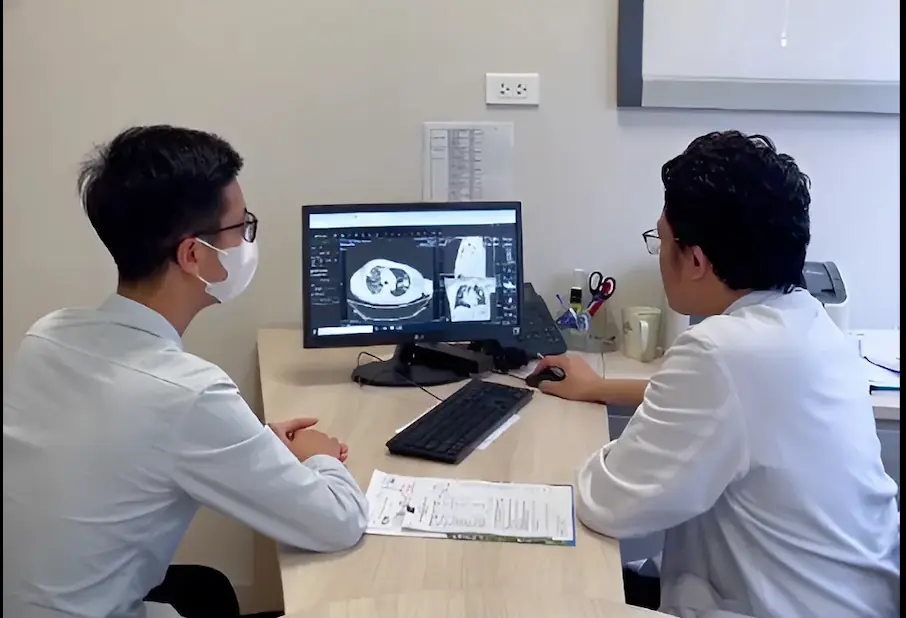
Young People with Late-Stage Cancer Have One Thing in Common, Doctors Say “This Is a Big Barrier”
Cancer is often associated with older adults, but an increasing number of young people are being diagnosed with late-stage cancer. This trend is alarming and has raised concerns among healthcare professionals. Doctors have identified a common factor among these young patients that acts as a significant barrier to early diagnosis and effective treatment.
The Common Barrier: Delayed Medical Consultation
One of the main reasons young people present with advanced cancer is delayed medical consultation. Many young individuals tend to ignore or downplay early symptoms such as persistent pain, unusual lumps, unexplained weight loss, or chronic fatigue. They often attribute these signs to stress, lifestyle factors, or minor illnesses, postponing visits to healthcare providers.
Why Does This Happen?
-
Perception of Invincibility: Young people often believe they are healthy and immune to serious diseases, leading to neglect of warning signs.
-
Lack of Awareness: There is limited knowledge about cancer symptoms among the youth, especially regarding less common cancers that can affect younger age groups.
-
Fear and Denial: Fear of a serious diagnosis may cause avoidance of medical checkups.
-
Healthcare Access: Some young people face barriers such as lack of insurance, financial constraints, or limited access to healthcare services.
Consequences of Delay
Late diagnosis reduces treatment options and lowers survival rates. Advanced cancers are often harder to treat, requiring more aggressive therapies that can impact quality of life. Early-stage cancer detection generally offers better prognosis and less intensive treatment.
What Can Be Done?
-
Education and Awareness: Increasing cancer symptom awareness through schools, social media, and public health campaigns targeting young people.
-
Encouraging Regular Checkups: Promoting routine health screenings and empowering young people to seek medical advice when symptoms appear.
-
Reducing Healthcare Barriers: Improving access to affordable healthcare and cancer screening programs.
-
Support Systems: Creating support networks to help young patients overcome fear and stigma associated with cancer.
Conclusion
Doctors emphasize that delayed medical consultation is a major barrier leading to late-stage cancer diagnosis among young people. Addressing this issue through education, awareness, and improved healthcare access is essential to catch cancer earlier and save lives. Young individuals should be encouraged to listen to their bodies, seek medical help promptly, and prioritize their health to overcome this silent threat.
News in the same category


She Walked Away and Chose Her Son Over Me — But It Was Grandma Who Stepped In and Taught Her a Lesson That Changed Everything Forever
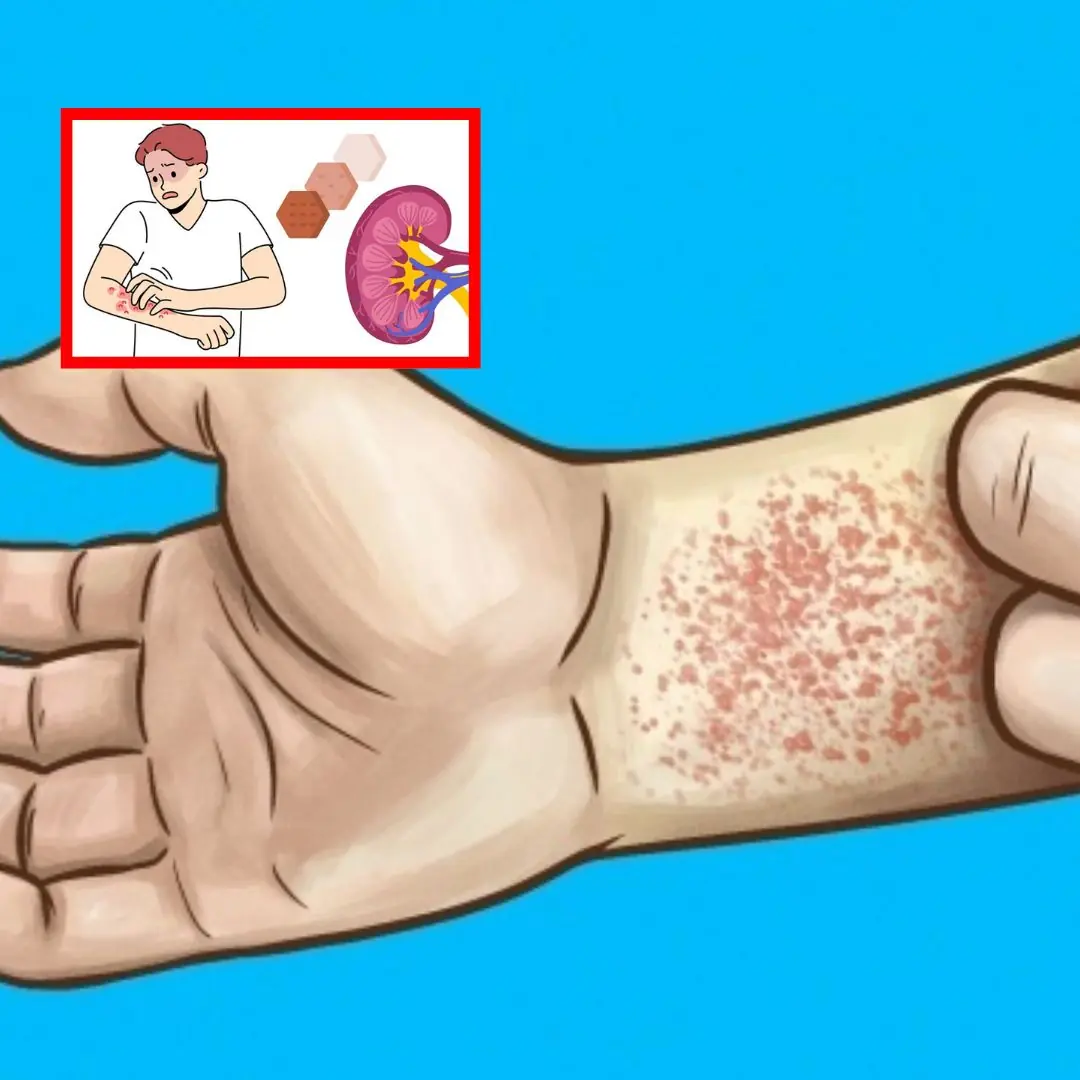
10 signs that you have kidney disease without knowing it
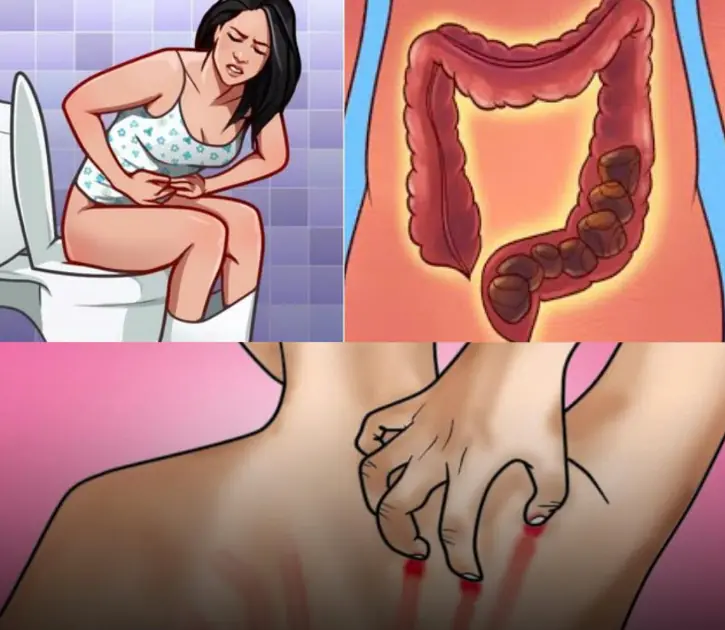
10 Warning Signs That May Indicate Abnormal Cell Growth in the Body
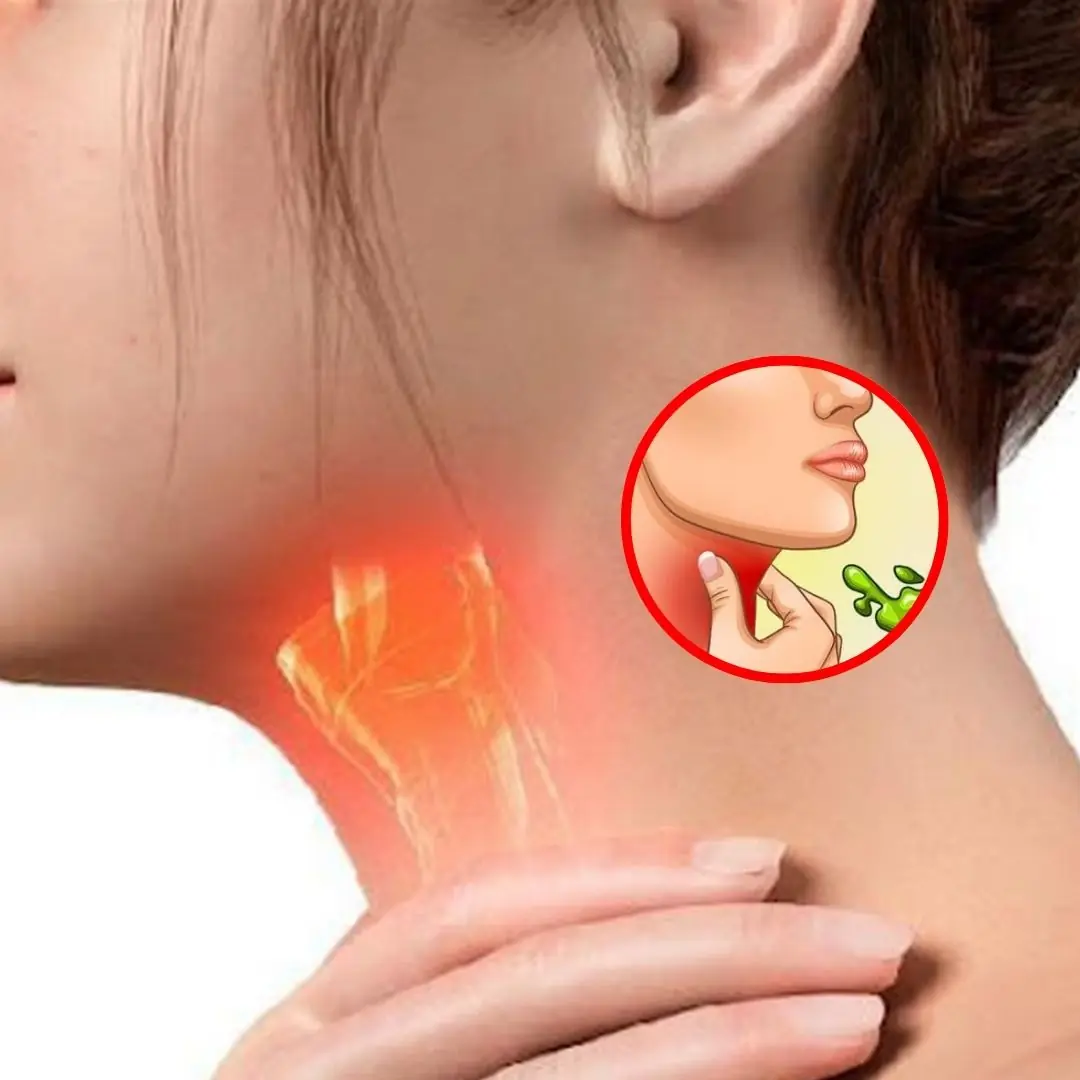
8 Ways To Get Rid Of Phlegm And Mucus In Chest And Throat

Stretch your ring finger with your thumb and hold it for a few seconds. you'll love the reason!

4 “Can.cer-Causing Culprits” Hiding Quietly in Your Home
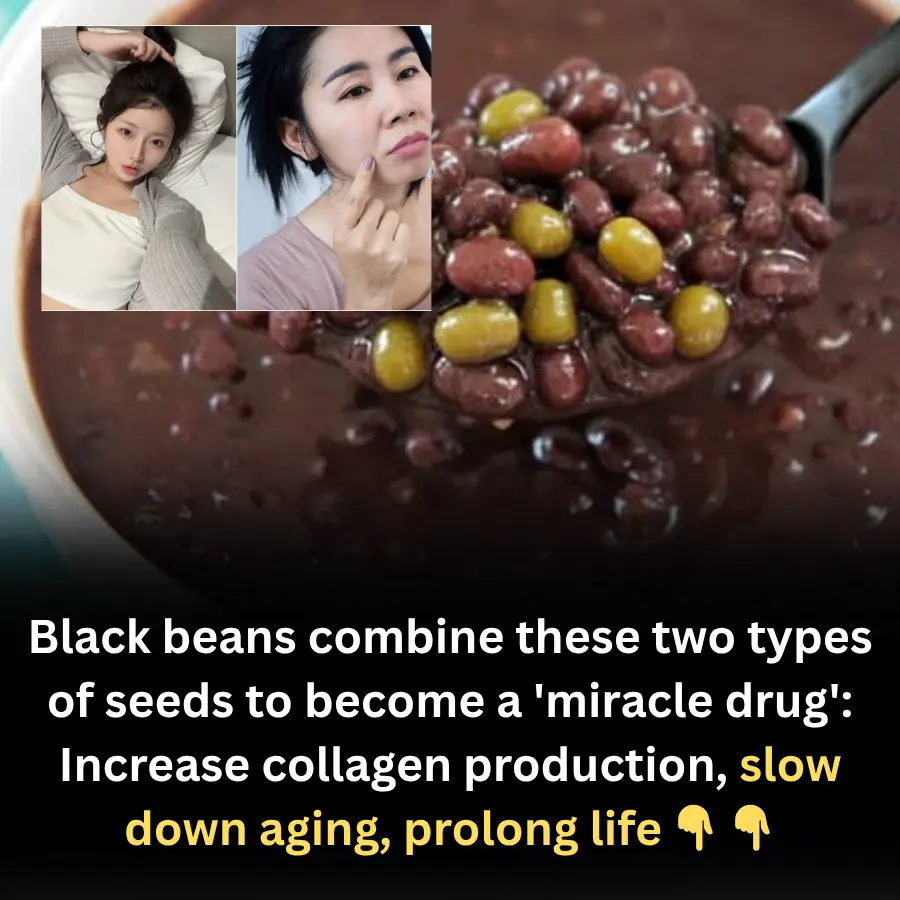
Black beans combine these two types of seeds to become a 'miracle drug': Increase collagen production, slow down aging, prolong life 👇 👇

Woman goes to the doctor for indigestion, finds out she has liver can.cer: Doctor panics: "Who eats breakfast like this for 20 years?"

9 foods with natural anti-can.cer prop.erties, eat regularly and can.cer cells will "not have a chance to visit" 👇
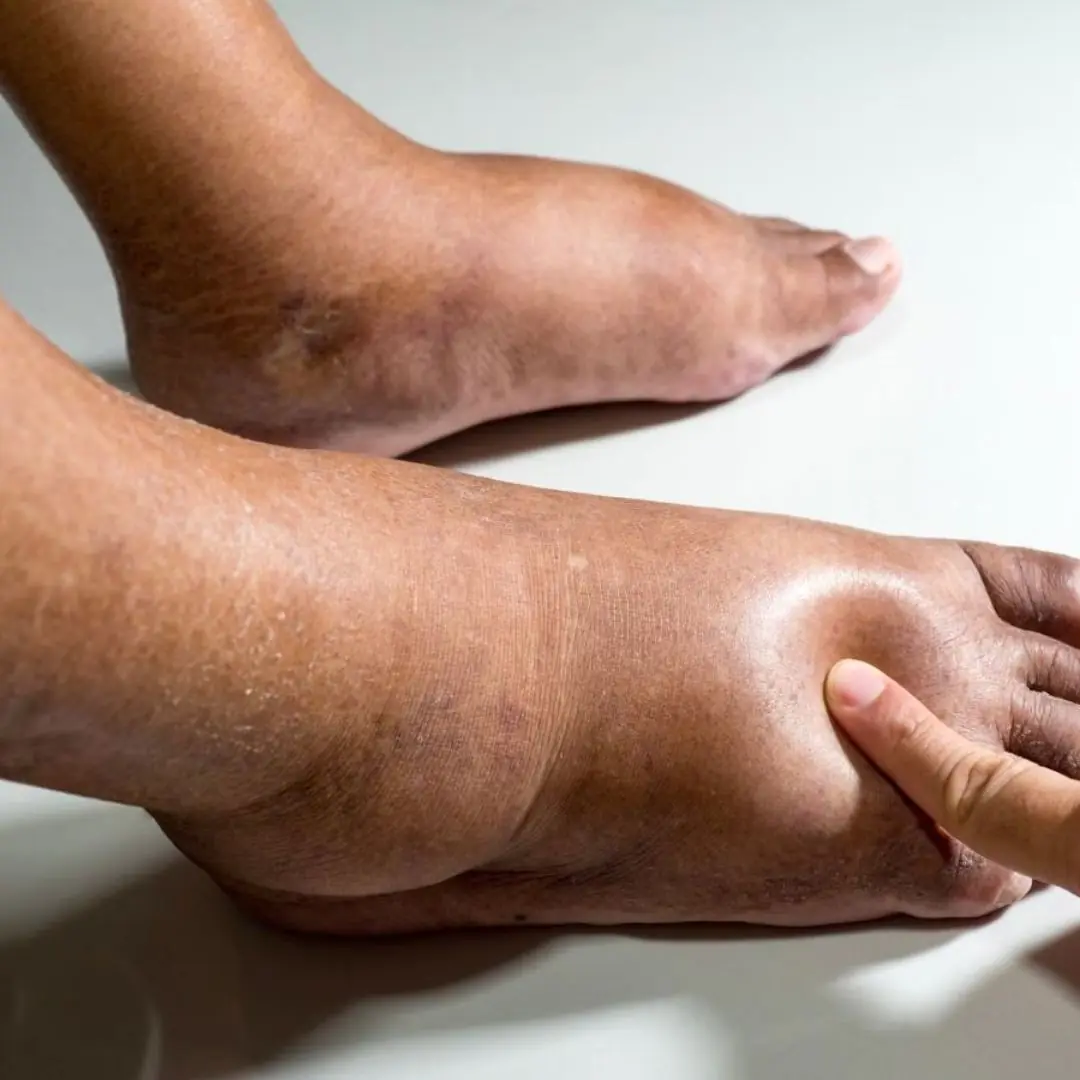
Foods that can ease swelling in hands and feet
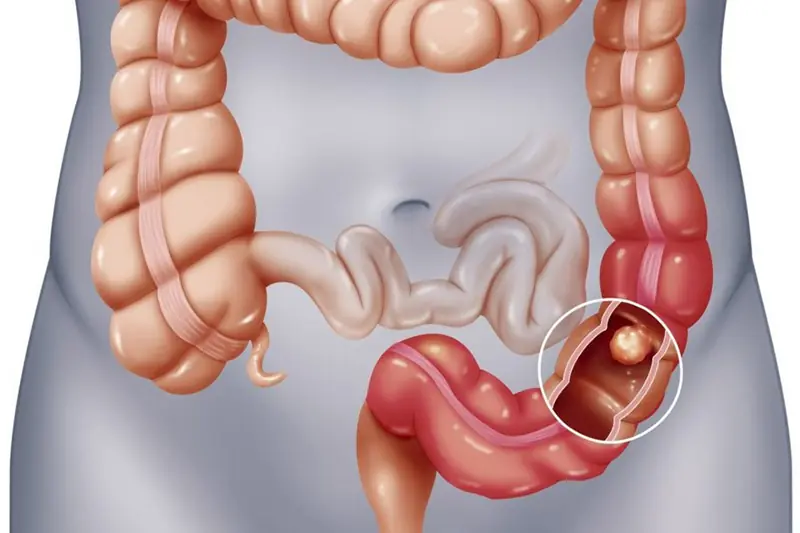
5 signs to help detect colitis early, the first signs of which are often overlooked
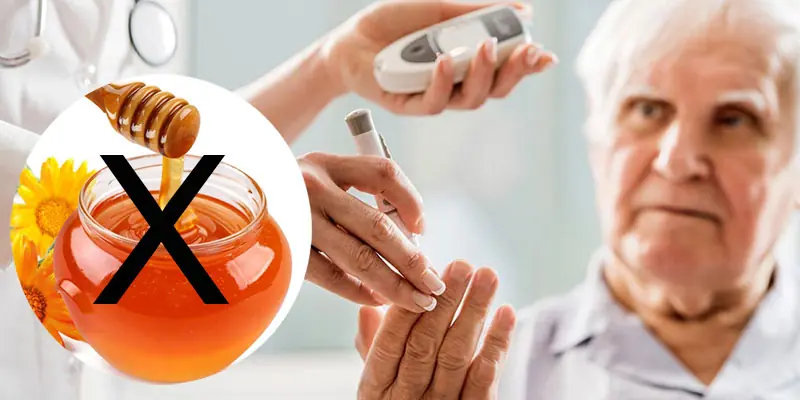
6 Foods You Should Never Combine With Honey
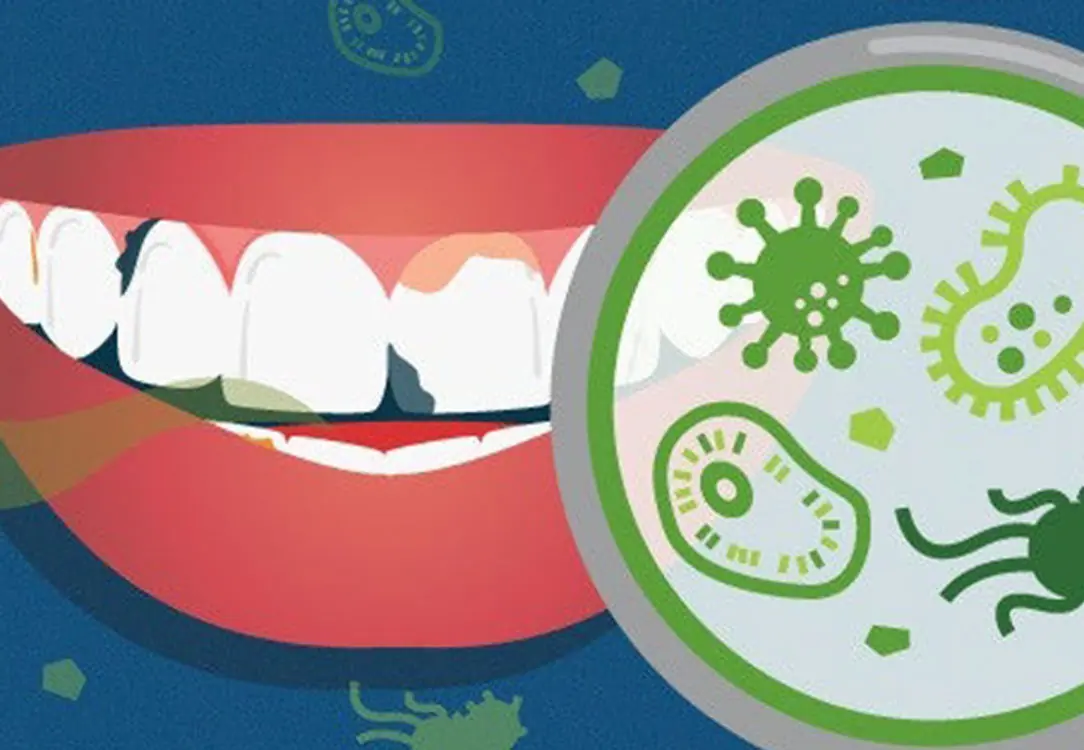
Poor Oral Health Linked to Increased S.troke Risk
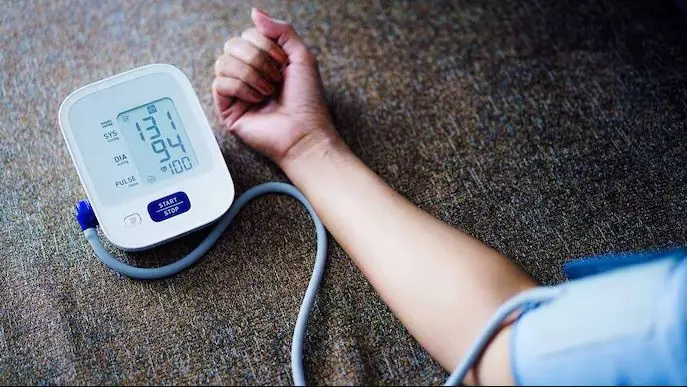
5 Silent Warning Signs of High B.lood Pressure You Should Never Ignore
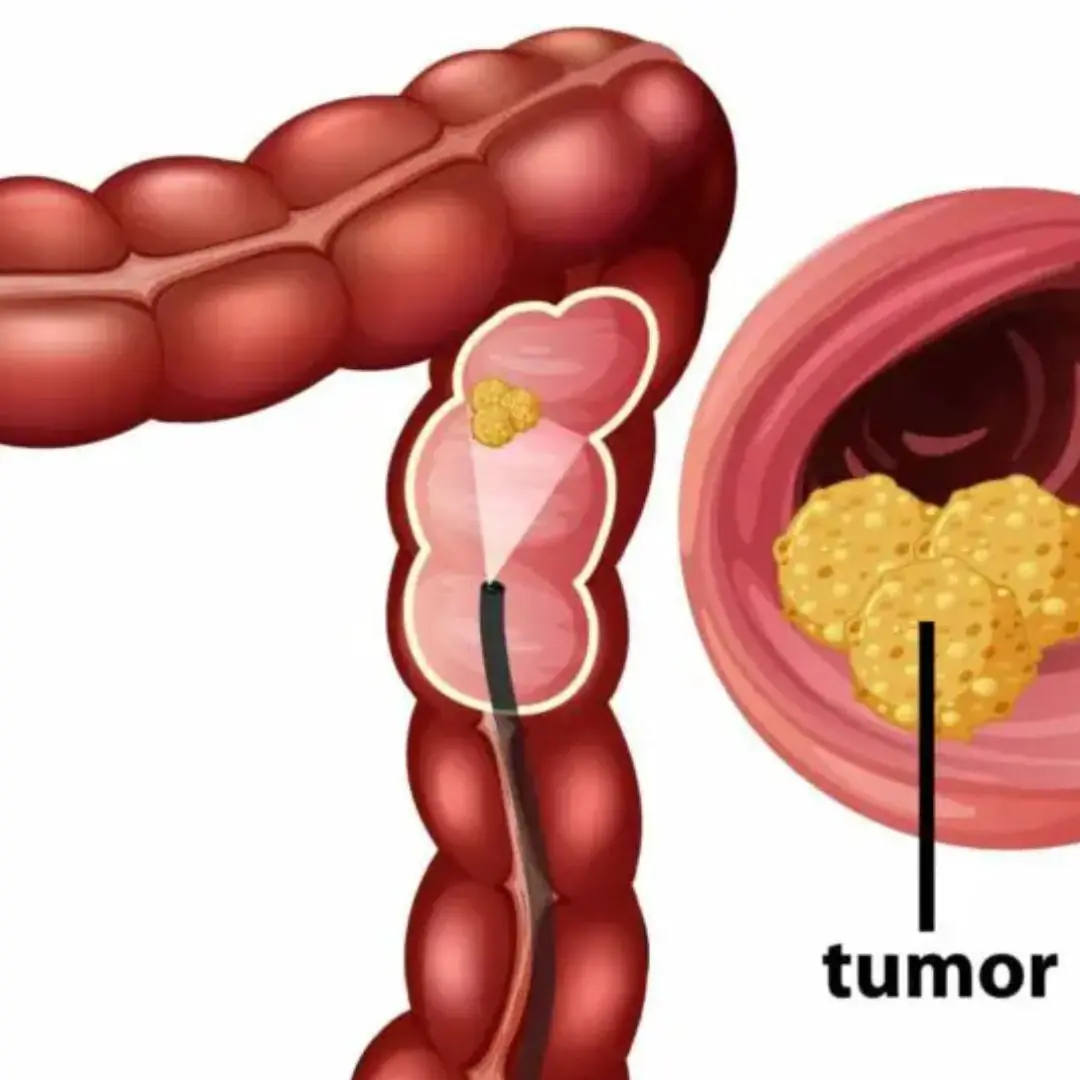
She Spotted These 5 Colon Ca.nc.er Symptoms Early — Here’s What You Should Watch For
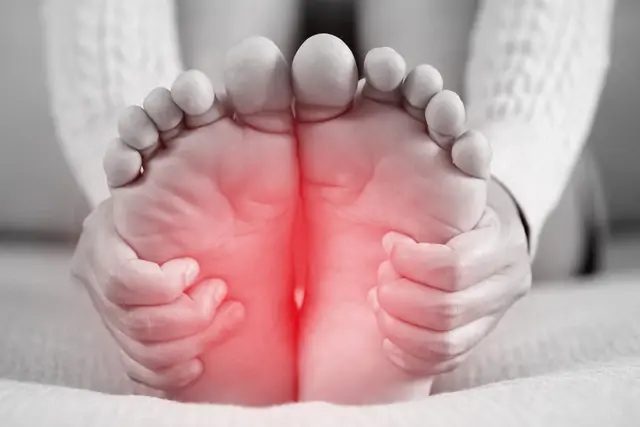
If your feet show these 5 signs, it may be a warning of a serious condition
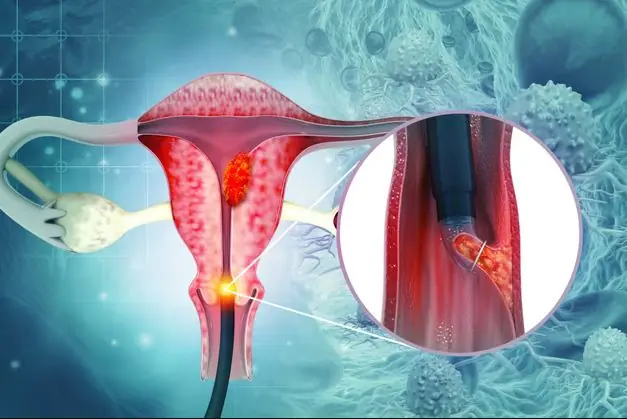
Cervical Can.cer: Are You in a High-Risk Group?
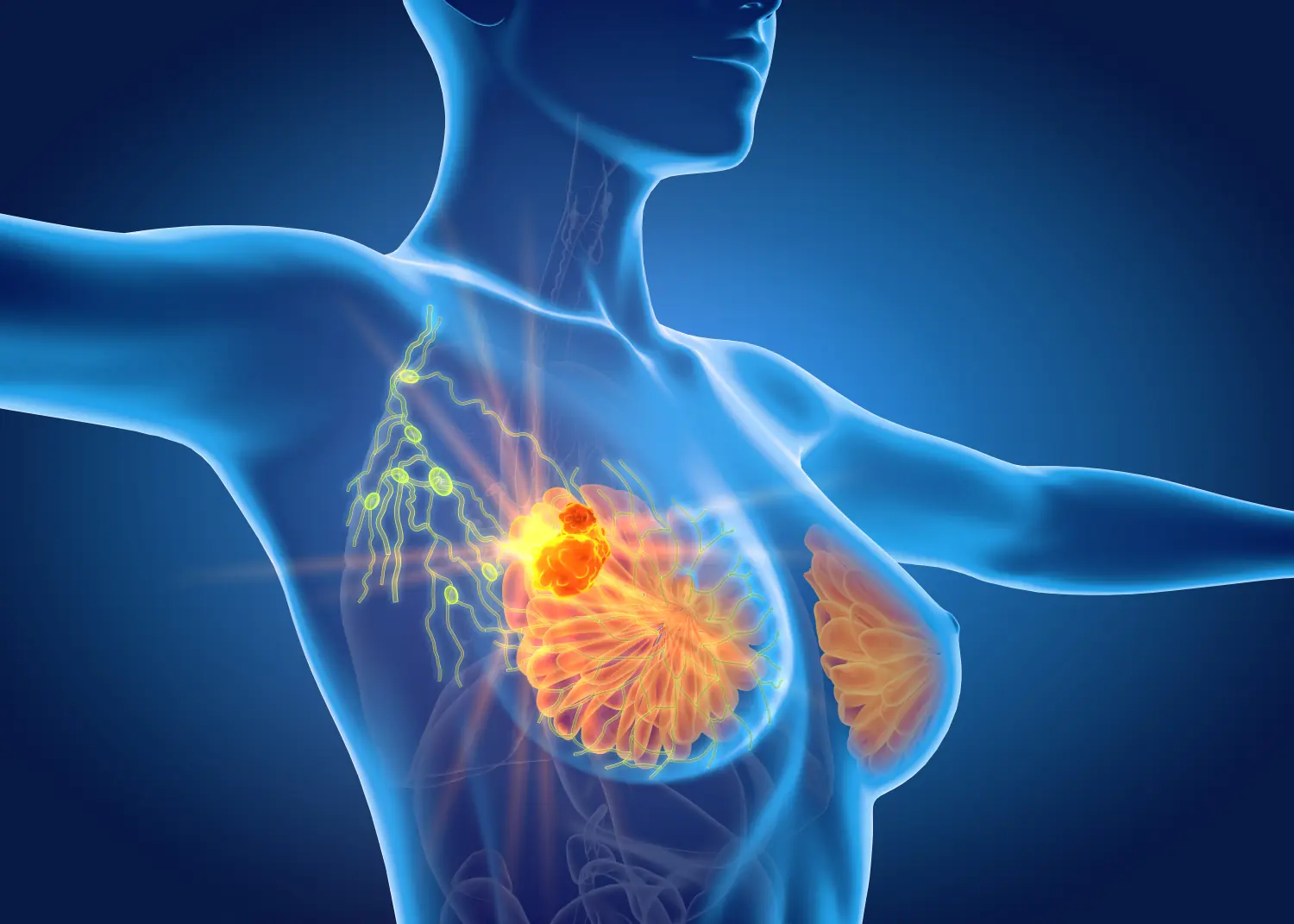
6 Silent Warn.ing Signs of Br.east Can.cer Women Often Miss — Don't Ignore These Signals
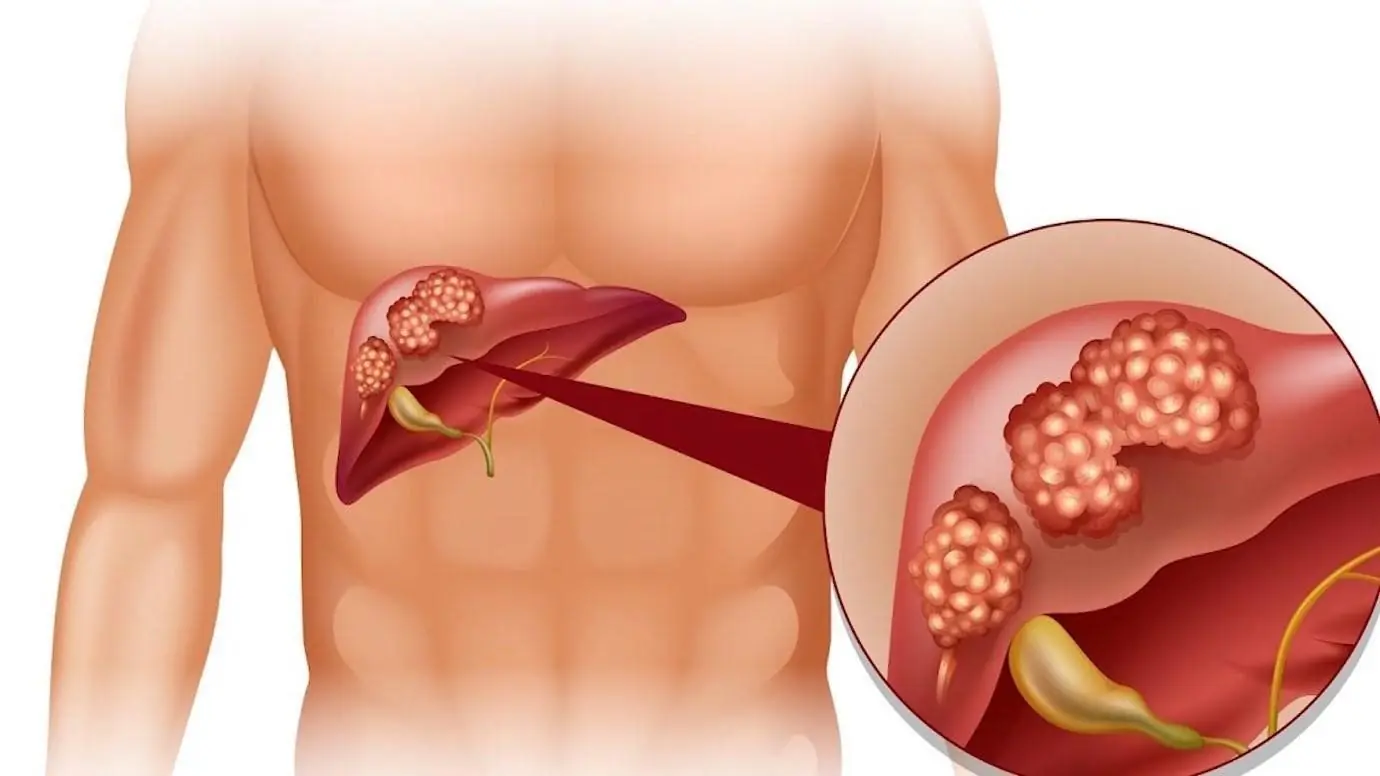
Your Li.ver Is Tired — 7 Hidden Signs You’re Mistaking for “Normal” Stress
News Post

Classic Crème Brûlée Recipe

My Mother-in-law Broke Down Our Door And Changed The Locks While We Were Away On Duty

Chicken Caesar Pasta Salad

Whiskers Beneath the Willow Tree

A millionaire gifted me a house as a mother of five and when I entered and read the note left inside, I froze in sho.ck

The surgeon was preparing for an operation — and suddenly recognized in the patient… his own father, who had disappeared 20 years ago!

Crispy Golden Fish & Chips

“Surgery is a risk. And what if it doesn’t help? Money down the drain, no dacha, no car… Maybe we should wait a little longer?” the husband told his wife

“You don’t belong at the table. It’s my birthday — your place is in the kitchen,” the husband declared to his wife

Rainbow Veggie Pinwheel Board – Eat the Rainbow!

Tropical Fruit Burst Shots

An unexpected confession brings a couple closer and welcomes a healthy daughter

A surprising second chance: how love and family brought us back together

For a bet, the Fat Man marries the Chubby Girl, and on their wedding day, she surprises him with a twist

Five Tough Bikers Mock a 90-Year-Old Veteran — Moments Later, the Ground Shook from the Motorcycles

I took care of my sick neighbor for years, but after her passing, the police knocked on my door

Marina set up a hidden camera in the bedroom while on business trip—what she discovered was unbelievable

My four children opposed my marriage—when I found out why, my heart shattered

Husky melts hearts hugging baby sister while they sleep
